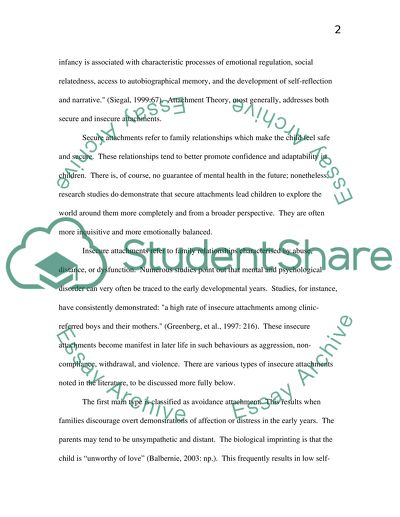Cite this document
(“Attachment Theory:Main Principles,Insecure Attachments and Social Essay”, n.d.)
Retrieved from https://studentshare.org/psychology/1531087-attachment-theorymain-principlesinsecure-attachments-and-social-implications
Retrieved from https://studentshare.org/psychology/1531087-attachment-theorymain-principlesinsecure-attachments-and-social-implications
(Attachment Theory:Main Principles,Insecure Attachments and Social Essay)
https://studentshare.org/psychology/1531087-attachment-theorymain-principlesinsecure-attachments-and-social-implications.
https://studentshare.org/psychology/1531087-attachment-theorymain-principlesinsecure-attachments-and-social-implications.
“Attachment Theory:Main Principles,Insecure Attachments and Social Essay”, n.d. https://studentshare.org/psychology/1531087-attachment-theorymain-principlesinsecure-attachments-and-social-implications.


